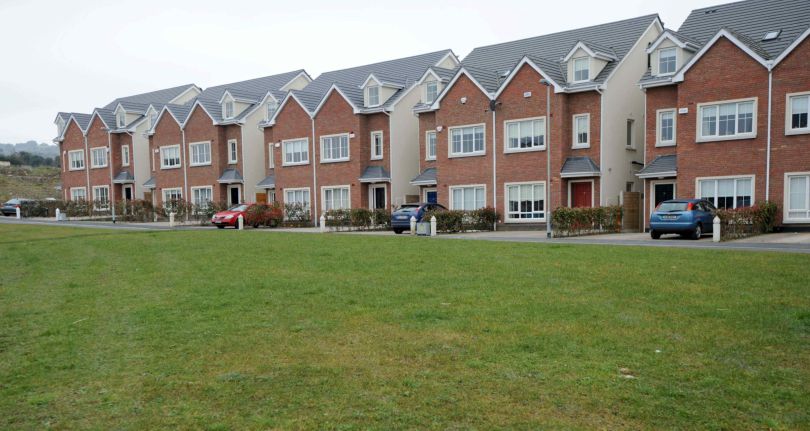Residential property prices nationally rose by 12% in the year to June, according to the Central Statistics Office.
The national increase compares with a rise of 11.4% in the same period to June 2017. Excluding Dublin, residential property prices were 15.2% higher in the year to June 2018.
The latest national price data outstrips residential property price increases in Dublin, which were up by 9% in the year to June 2018. Dublin house prices increased 8.4% during this period, while apartments in the capital increased by 12.8%.
The highest house price growth was in Dublin city, at 12%. The lowest growth was in south Dublin, where house prices increased by 5.9%. Outside of Dublin, house prices increased by 14.6%, while apartment prices jumped by around 20%.
The mid-west region showed the greatest price growth, with house prices up by 22.3%. The border region showed the least price growth, with house prices increasing 4.9%.
Hot Potato
Commenting, economist Alan McQuaid noted that the national annual residential property price increase in June was, at 12%, down from the 12.4% posted in May. June was the third consecutive month in which house price inflation slowed.
“Housing has now overtaken health as the main political hot potato,” McQuaid added. “The key focus in Budget 2018 was on measures/initiatives that should help alleviate the problems going forward, but unfortunately things won’t change overnight. But at least the government has acknowledged that something dramatic needs to be done and sooner rather than later.
“We see house price growth staying in positive territory on a year-on-year basis for the immediate future. The biggest rise this year is likely to come from outside the capital, with the asking price for houses in more expensive areas rising at a slower rate.
“Previously, up to one-fifth of mortgages were allowed to exceed a loan-to-income ratio of 3.5. But this has become even tighter this year, with only 10% of those trading up allowed to breach that rule. The allocation remains unchanged for first-time buyers. Dublin prices will be out of reach for more borrowers as a result, while in other areas where buyers will not need to borrow as much, prices will see stronger growth.”
Provincial Price Boom
Austin Hughes, chief economist with KBC Bank, commented that new housing supply does seem to be increasing at an accelerating pace, while demand growth is increasingly affected by affordability constraints and pent-up demand may have peaked.
“At the margin, a reducing gap between demand and supply may be limiting the pace of price increase of late,” Hughes added. “To the extent this continues, Irish property price inflation should move towards a more sustainable pace. However, history suggests this may not be a short or smooth process.
“A notable feature of the underlying trend of late is the sharp divergence between the pace of growth in property prices in Dublin and elsewhere. The slower pace of property price inflation in Dublin of late owes something to affordability constraints as CBI lending limits would be expected to bite more forcefully in view of notably higher prices in the capital.
“However, this is not the only factor as purchases by household buyers increased faster in Dublin in the first six months (+6.3%) than in the rest of Ireland (+2%) in the first six months and there has also been a somewhat faster increase in new housing completions in the capital than elsewhere (admittedly off a low base) through most of the past twelve months.
“These signs of improving supply in Dublin coupled with borrowing limits may be tempering price expectations, whereas the ‘right sort’ of new supply may be less plentiful in areas of high demand outside the capital. As a result, June saw a 22.3% year on year increase in the price of houses in the mid-west and a 17.8% increase in house prices in the west,” Hughes stated.








